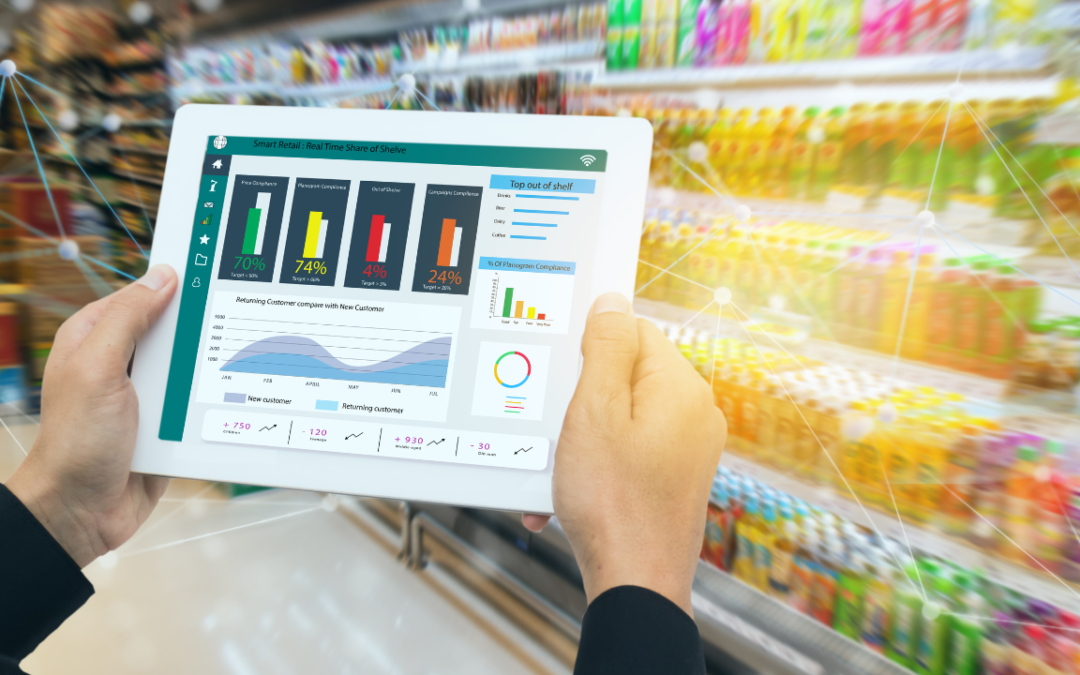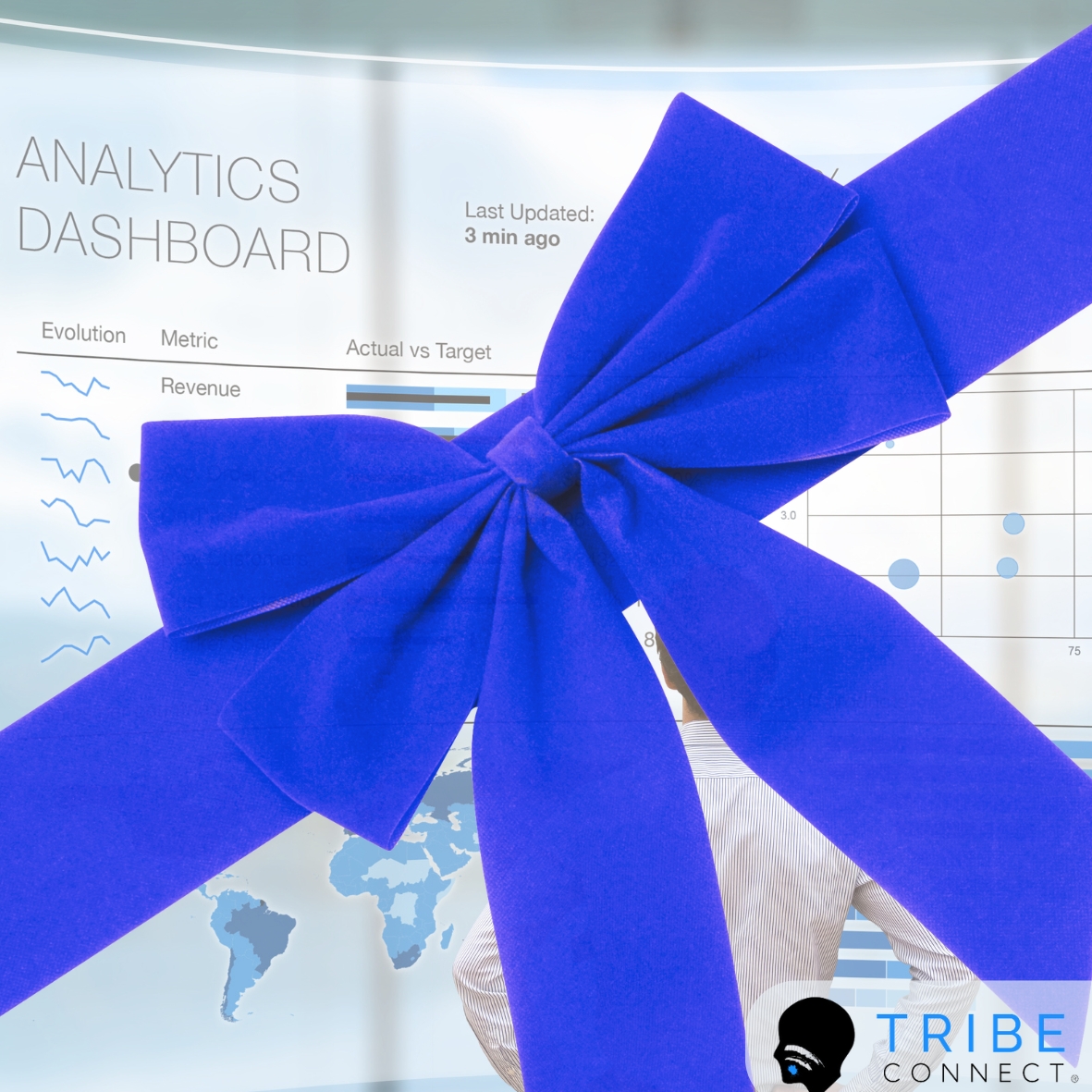By Aaron Devitt, Managing Partner & Co-Founder

In an ever-evolving retail landscape, staying ahead often means embracing innovative technologies that enhance operations, improve customer experience, and drive growth. Below, we analyse a selection of UK and European case studies showcasing how different retailers have successfully implemented groundbreaking technological solutions, highlighting their objectives, challenges, outcomes, and actionable insights.
1. John Lewis: Virtual Try-On Technology
- Overview: John Lewis, a leading UK department store, aimed to reduce return rates and improve the online shopping experience.
- Technology Implemented: Virtual try-on technology using augmented reality (AR).
- Objectives: Reduce return rates, enhance online customer engagement, and provide an immersive shopping experience.
- Implementation Challenges: Integrating the AR solution with existing e-commerce platforms and ensuring accuracy in virtual fit.
- Outcomes: Return rates dropped significantly; customer engagement metrics, such as time spent on product pages, increased notably, and customer satisfaction scores saw a significant uptick.
- Lessons Learned: Investing in high-precision and user-friendly interfaces is critical. Retailers should also prioritise seamless integration with their e-commerce infrastructure for smooth rollouts [source: thebusinessresearchcompany.com]
2. Tesco: AI-Powered Demand Forecasting
- Overview: Tesco, a major UK grocery chain, aimed to enhance inventory management and reduce stockouts.
- Technology Implemented: Artificial Intelligence (AI) and Machine Learning (ML) algorithms for demand forecasting.
- Objectives: Improve forecast accuracy, reduce perishable waste, and ensure better stock availability.
- Implementation Challenges: Gather clean, historical sales data and train staff to interpret AI-driven insights.
- Outcomes: Inventory costs were significantly reduced, stockouts were minimised, increasing customer availability, and perishable waste dropped notably.
- Lessons Learned: Successful AI implementation requires robust data infrastructure and continuous monitoring to refine algorithms based on real-world feedback [source: Harvard Business Publishing]
3. Carrefour: IoT-Enhanced Customer Experience
- Overview: Carrefour, a French multinational retail corporation, sought to merge online and in-store experiences for its tech-savvy customer base.
- Technology Implemented: Internet of Things (IoT) through smart shelves and beacons.
- Objectives: Create a connected and personalised in-store shopping experience, improve inventory management, and offer real-time promotions.
- Implementation Challenges: High initial costs and ensuring the reliability of IoT devices.
- Outcomes: There was a notable increase in in-store traffic during promotional periods and a boost in customer satisfaction. Inventory discrepancies were also greatly reduced.
- Lessons Learned: Customisation is key. Tailoring IoT solutions to specific shopper behaviours and sales data can maximise ROI [source: nonfiction.ca & thestorefront.com]
4. Zara: Mobile Commerce and Contactless Payment
- Overview: Zara, an international Spanish fashion retailer, must cater to a young, mobile-oriented customer base.
- Technology Implemented: Mobile commerce platform and contactless payment systems.
- Objectives: Facilitate seamless mobile shopping and expedite the payment process to reduce queues and improve convenience.
- Implementation Challenges: Ensuring app security and integrating with existing payment gateways.
- Outcomes: Mobile transactions accounted for a significant portion of total sales, and the average transaction time at checkout was reduced significantly.
- Lessons Learned: Prioritising app user experience and ensuring robust security can significantly drive customer adoption and trust [source: nonfiction.ca/casestudies]
5. Ocado: Robotics in Warehousing
- Overview: Ocado, a British online-only supermarket, sought to improve back-end operations in its distribution centres.
- Technology Implemented: Robotics and automation for picking, packing, and sorting.
- Objectives: Increase efficiency, reduce operational costs, and minimise human error in warehouses.
- Implementation Challenges: High capital investment, ensuring smooth human-robot collaboration, and managing software updates.
- Outcomes: Warehouse efficiency increased significantly; operational costs dropped notably, and order fulfilment times improved considerably.
- Lessons Learned: Strategic phased implementation helps mitigate risks, and continuous staff training keeps operations running smoothly
Conclusion
These case studies exemplify how diverse retail businesses can leverage novel technologies to address unique challenges and enhance their overall performance. The key lessons—such as the importance of seamless integration, user-centric design, robust data handling, and continuous staff training—are universally applicable across the retail sector. By embracing these best practices, retailers can harness technology to offer superior customer experiences, streamline operations, and stay competitive in an ever-evolving market.
Follow us on LinkedIn for our latest news.


